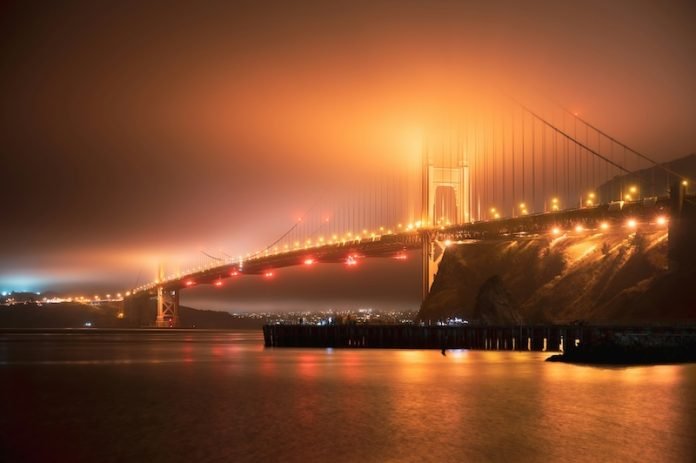
Imagine a world where the night sky in cities glows not just with stars but with myriad lights from buildings and street lamps.
While this sight can be beautiful for humans, it poses a hidden danger to millions of birds migrating at night, especially in tropical cities where the clash between urban development and nature is most acute.
Scientists at The University of New Mexico have uncovered some startling findings that could help us understand why so many birds end up colliding with buildings.
Their study, recently published in the journal Conservation Biology, looks closely at Singapore, a bustling city-state known for its dense population and numerous buildings.
What makes their research stand out is the discovery that blue light from buildings significantly increases the risk for night-migrating birds.
The journey began with David Tan and Nicholas Freymueller, who took a novel approach to studying bird collisions. Instead of focusing on a few buildings, they gathered data from all over Singapore, using reports from locals who found dead birds.
This allowed them to map out the most dangerous areas in the city for birds, creating what they called a “death niche” model.
Their research showed a clear pattern: birds migrating at night are particularly drawn to buildings that emit high levels of blue light, putting them at greater risk of collision.
The study highlights pittas, a type of colorful but secretive bird, as being exceptionally prone to colliding with light-polluted buildings. This attraction to blue light had been suspected from older bird banding studies but had never been proven until now.
The findings are alarming, especially with the increasing shift towards white LED streetlights, which emit a significant amount of blue light. These lights, while energy-efficient, could potentially lead to more fatal bird collisions.
The researchers predict that certain areas in Singapore, especially those near forests and planned for future development, are likely to see high collision rates unless measures are taken.
Tan’s team suggests several practical solutions to mitigate these collisions. For example, buildings in high-risk areas could use bird-safe glass or incorporate design elements that make glass surfaces more visible to birds.
Additionally, adjusting the color temperature of LED lights to warmer tones and minimizing upward light spill could help make cities safer for migrating birds.
This study is more than just a cautionary tale about urban lighting; it’s a call to action for city planners and architects worldwide to consider the impact of their designs on wildlife.
By understanding the specific risks and implementing bird-friendly measures, we can make our cities safer for our feathered friends.
The broader implication of this research is clear: as we continue to shape our urban environments, we must pay careful attention to the needs of all inhabitants, including the millions of birds that navigate our night skies.
Making small changes to our lighting and building designs could have a significant impact on reducing bird deaths, helping to ensure that cities remain havens for humans and wildlife alike.
The research findings can be found in Conservation Biology.
Copyright © 2024 Knowridge Science Report. All rights reserved.



